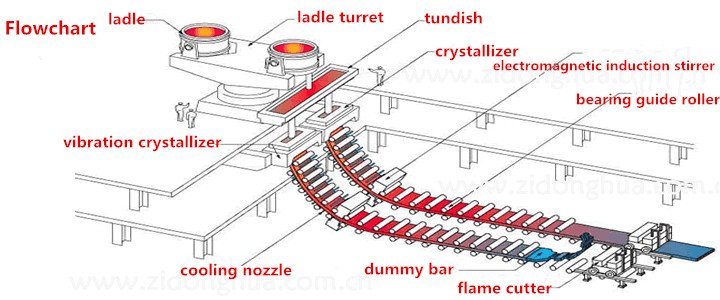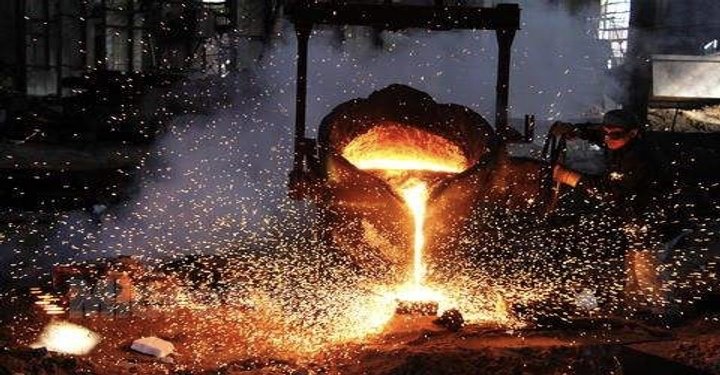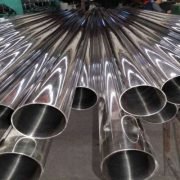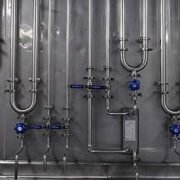What Is The Cooling Process of Stainless Steel Castings ?
Stainless steel castings are one of the products produced by Yide Casting all year-round. Yide Casting have been manufacturing all type of steel casting items in 27 years. For example, double burner stainless steel, cast steel river, cast steel swivel, stainless steel grill grates, cast steel plate, etc.
The knowledge about stainless steel castings is also our concern. We all know that in the completion of the casting, cooling is also a step that cannot be underestimated.
Here’s a brief introduction of the cooling process of stainless steel castings:
The temperature will change after pouring the liquid metal into the casting mold.
After the liquid metal is injected into the mold, the heat exchange follows. The continuous decreasing temperature of the liquid metal and the increasing temperature of the mold indicate it.
There is an intermediate layer between the mold and casting.
The heat transfer system during the cooling and solidification process contains the casting mold and the forming metal. However, practice has proved that the inner surface temperature of the mold is different from the surface of the casting. That means there is an intermediate layer between the mold and casting.
The heat transfer system of the casting during the cooling and solidification process is unstable .
The formation of the intermediate layer owing to the shrinkage of the metal in all directions and the expansion of the mold after heating. May it’s because of the paint layer on the surface of the mold, or an intermediate layer that has both gaps and paint.
Therefore, the heat transfer system of the casting during the cooling and solidification process is unstable. And the system is composed of casting, intermediate layer and mold.
The intermediate layer is the key to control the heat exchange.
Both the cross-section of casting and mold are metal. So when the cooling of the casting and the heating of the mold is not very intense, the cross-section has similar temperature distribution rules or thermal resistance. Thus the intermediate layer between the casting and the mold has an important effect on the entire heat transfer system.
In the casting-intermediate-mold system, most of the temperature drops on the intermediate layer. This is the case when the surface of the metal coats with thick paint.
The characteristic of this type of heat transfer is that the temperature difference between the cross-section of casting and mold is smaller than that of the intermediate layer.
Therefore, it can be assumed that the temperature on the cross-section of casting and mold is actually evenly distributed. And the heat transfer process mainly depends on the thermophysical properties of the coating layer. This means the thermal resistance of the intermediate layer is the key to control the heat exchange.
Leading Steel Casting Supplier In China
At the end of the article, I want to recommend Yide Casting manufacturer – with JM casting factory, covering an area of 20000 sqm, over 200 employees. JM casting is famous of quality and word of mouth, without promotions and marketing ways. Thus if you are looking for a casting factory, please don’t hesitate to contact us for more details.












Leave a Reply
Want to join the discussion?Feel free to contribute!